Abaqus Fatigue Tutorial
Fatigue in Abaqus has been a tricky problem for simulation. You will learn how to perform the fatigue crack growth(FCG) simulations using the Paris law of fatigue crack growth. A 2D planar shape and a 3D-dimensional model crack growth problems are solved to propose the Extended Finite Element Method (XFEM)approach in this Abaqus Fatigue Tutorial. What’s more, you need to define the fracture criterion as a keyword for your model, as a result, you will get familiar with how to edit keywords in Abaqus. You also discover the Paris law equation of FCG which takes into account the mean stress effect. Furthermore, you will get a full explanation of the Direct cyclic Step. Last but not the least, you will analyze the Maxps damage initiation criteria to use to predict damage initiation in the XFEM enriched region. All in all, you will get the knowledge to create step-by-step 2D and 3D XFEM fracture models using Abaqus software.
Workshop 1 crack growth of a 2-D problem using XFEM Fatigue:
In this chapter of Abaqus fatigue tutorial, we go through the simulation of fatigue by a 2D planar deformable model. You will use constant amplitude loading to predict debonding growth at the interfaces in low-cycle fatigue analysis. Moreover, damage modeling is achieved through the use of a traction-separation law across the fracture surface.
Workshop 2 XFEM modeling of low cycle fatigue crack growth in steel:
This tutorial is about predicting fatigue crack growth life under constant amplitude loading through the Extended Finite Element Method (XEFM) for a 3D steel model. You will design a 3D model and a crack in the middle of one edge and predict how the crack grows through the part. You will get a full explanation of fatigue in the Abaqus Documentation.
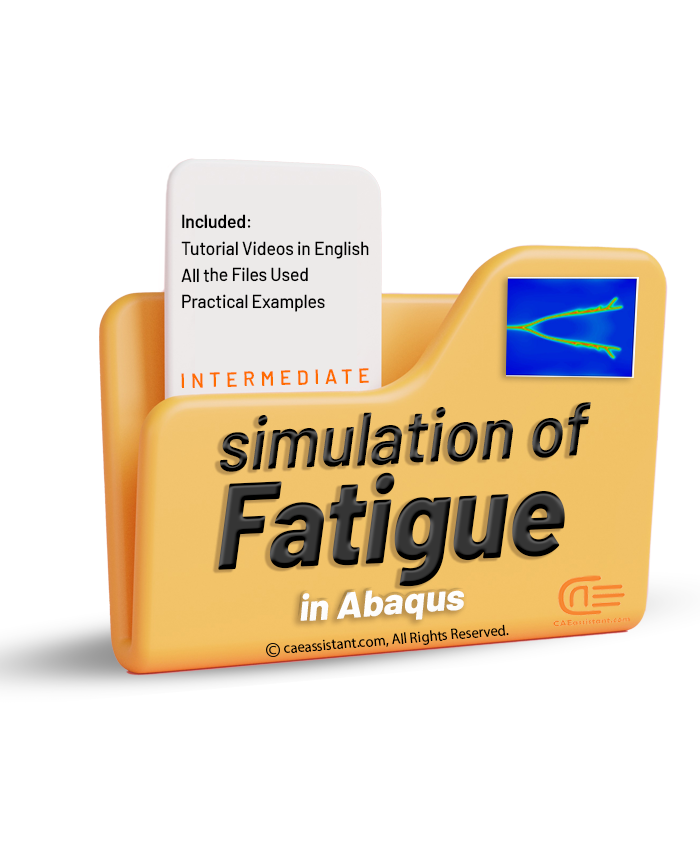
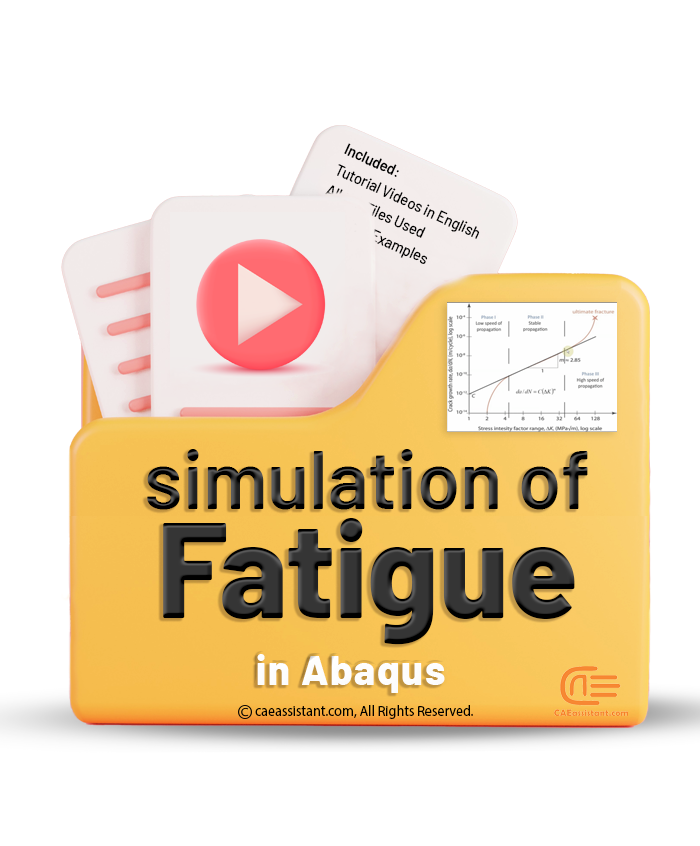

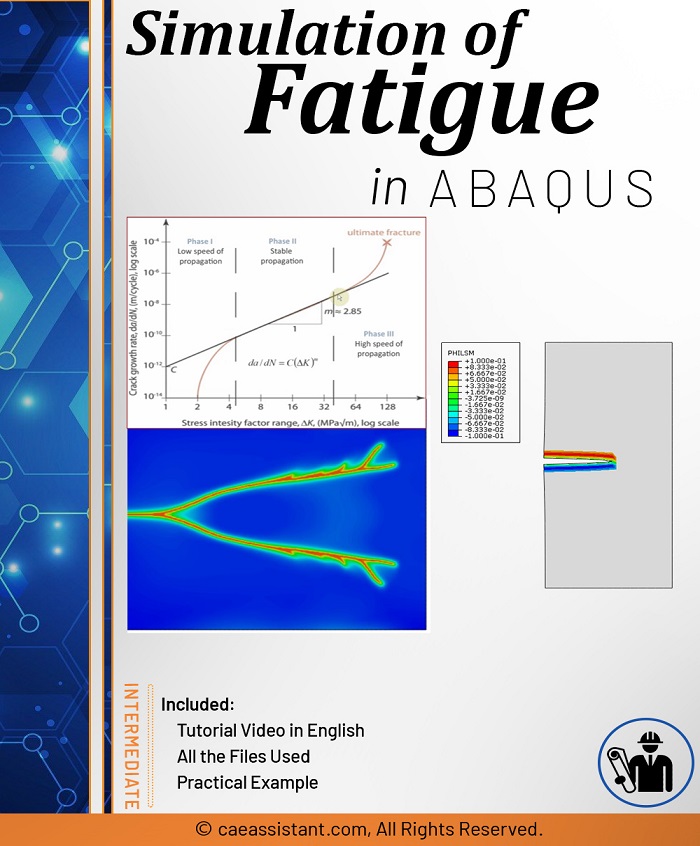
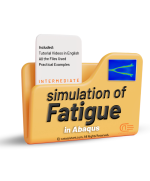
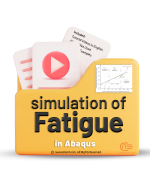
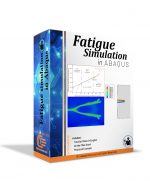
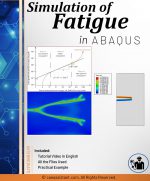

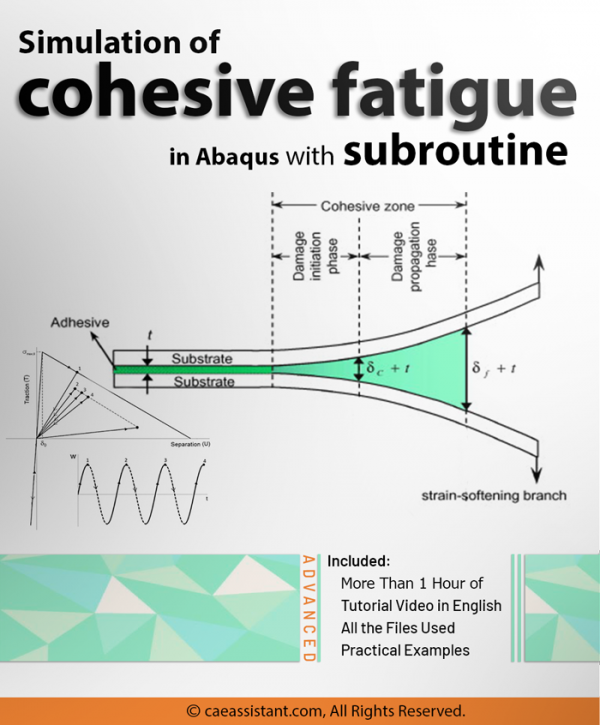
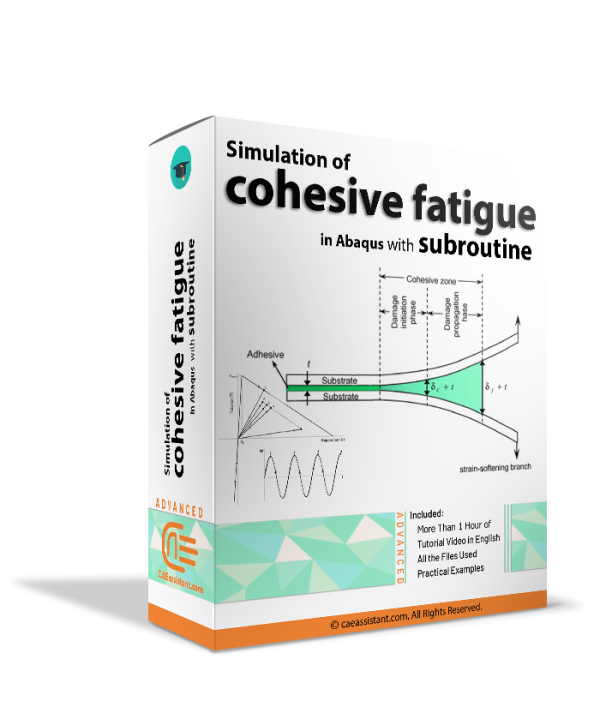
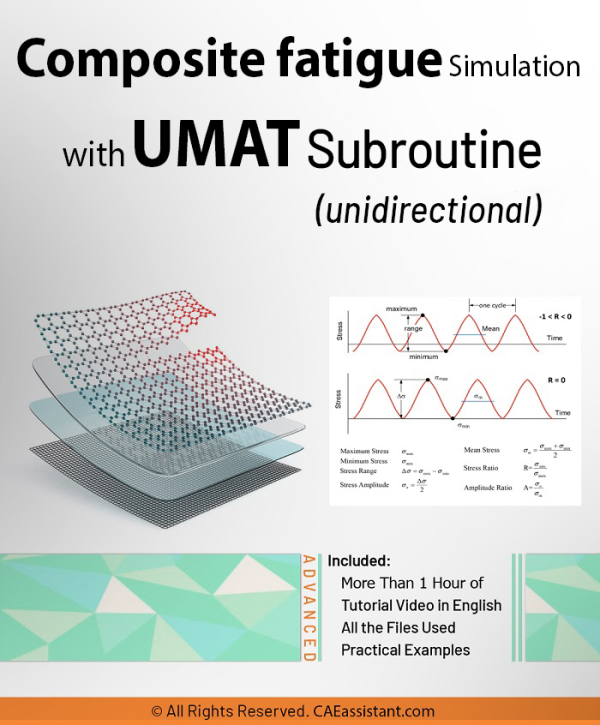
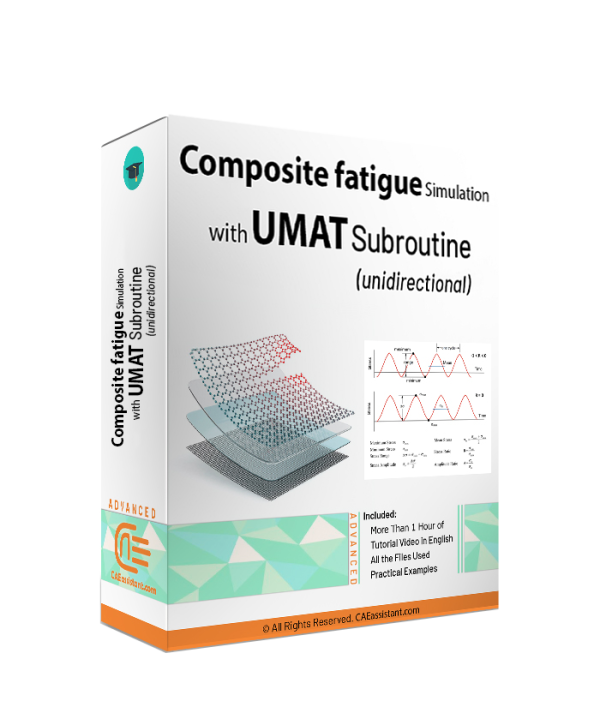
Alfred Fox –
Thank you for your product. It is the best selection for beginners who wants to be familiar with fatigue simulation in Abaqus and do not have much knowledge about it. Could you please let me know, do you have a training package including theory and more description about fatigue simulation in Abaqus for professional users?
Noah Schmid –
Thankful. The video and software files of this package helped me do my project
Valentina –
Working with this educational package was very enjoyable and engaging. The presented content is very attractive and practical. I recommend that everyone acquire this package.
Mariana –
After practicing the examples in this package, I was able to easily create my own models for fatigue simulation in Abaqus. This package was a great help to me.
Indira –
The quality of the videos and educational content was excellent. Anyone with any level of skill can benefit from this package. I believe it is worth the investment.
Esperanza –
Despite my initial limited knowledge of fatigue simulation, this educational package was able to explain the topics in a comprehensive and understandable manner. It was very helpful.
Is it possible to ask specific questions about each of the sub-programs and receive answers from experts through technical support?